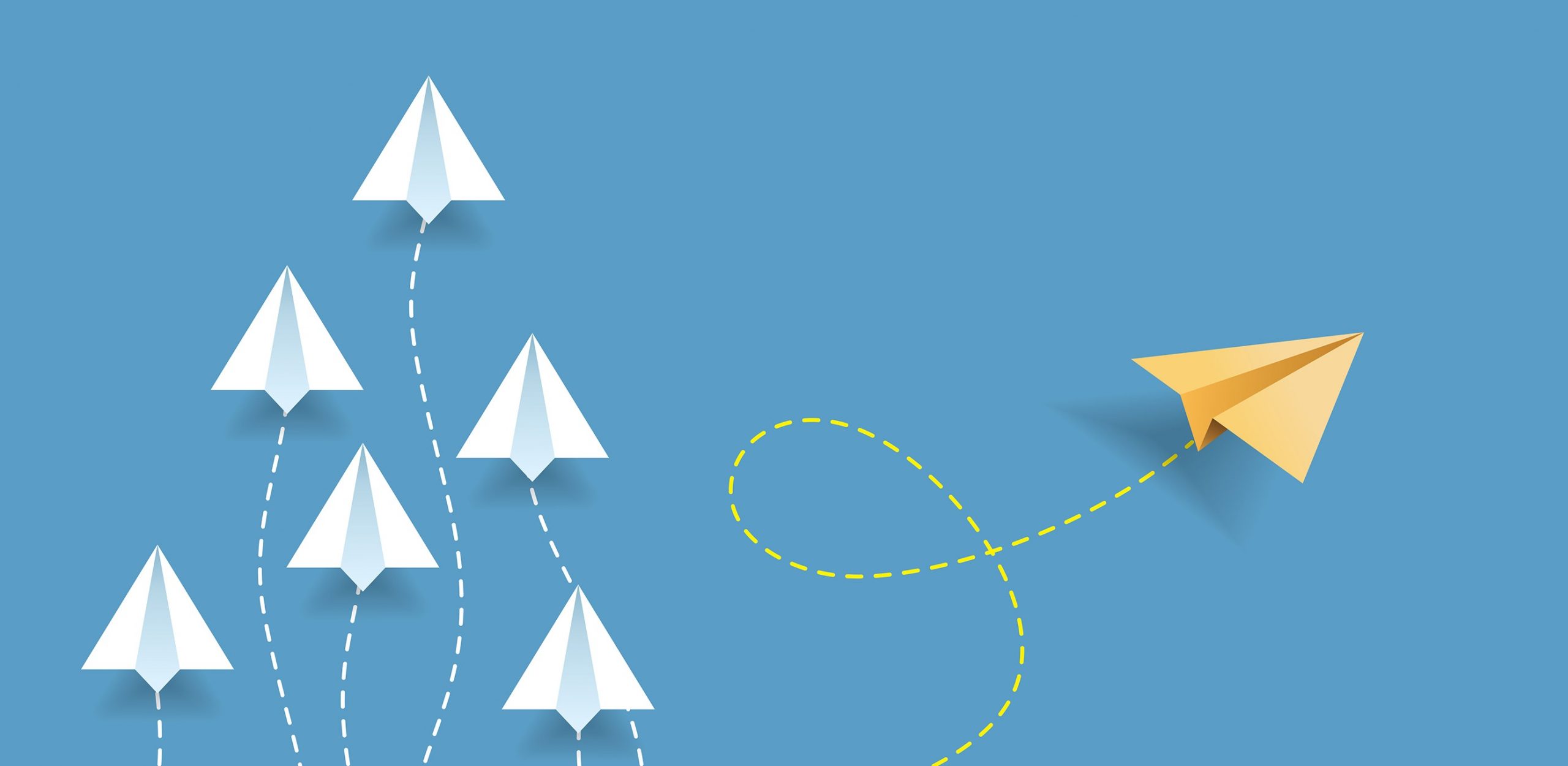Shifting Paradigms to Work in a Virtual World

Many of our work habits and processes have been disrupted due to COVID-19. Some important questions come to mind as our organizations think about the future: How will we do our work? What should we return to, what should change, and how will we determine a new norm?
Reflecting on Paradigms
Recently, during a Catalysis Healthcare Value Network Sharing session, Skip Steward, from Baptist Memorial Health Care, explained how his improvement team is investigating what it would look like for their group to do almost everything virtually. He explained that as we reflect on what practices are vital to our work and how to approach them in our new and changing environment, we need to consider the paradigms that exist in our minds that might be preventing us from finding new ways to accomplish the same work.
Going to the Gemba
One important practice that may not seem possible virtually is going to the gemba. When many of us think about going to the gemba, we think of it as needing to be in person so that we can see where the work is being done. That is a paradigm mindset that can hinder us. Skip mentioned that his team has been able to successfully use WhatsApp to do gemba walks by sharing video and virtually walking through the space.
Process Maps
This past week one of our internal workgroups had a virtual meeting to discuss some new work. We determined that we should take the time to create a process flow. In that moment, we were tempted to try to find a way to do this work partially in person, with sticky notes, etc. because that is a paradigm that we are working to shift in our minds. Some members of the workgroup challenged us to consider how we can do this virtually while maintaining the value and effectiveness of the process.
We have an opportunity to do this work well, but it will be different – and it is difficult to make that shift like with any change – but by the end of the meeting our group had listed a number of ways to experiment with creating the process map virtually.
Shifting Forward
The idea of shifting to doing most of our work virtually is challenging because it’s not just about using Zoom instead of flipchart paper – we need to ensure we find ways to accomplish the same goals for the session – and we will need to get creative to do this. But it also gives us an opportunity to capture what is important to doing this work and consequently provides other opportunities to study and adjust how we do our work.
What paradigms exist in your organization that might need to shift? What could you experiment with? Please share in the comments below.
Catalysis is shifting our paradigms around workshops and educational offerings. Check out our NEW virtual learning opportunities.
Learn more about our new online learning system, Catalysis Academy








Leave a Reply